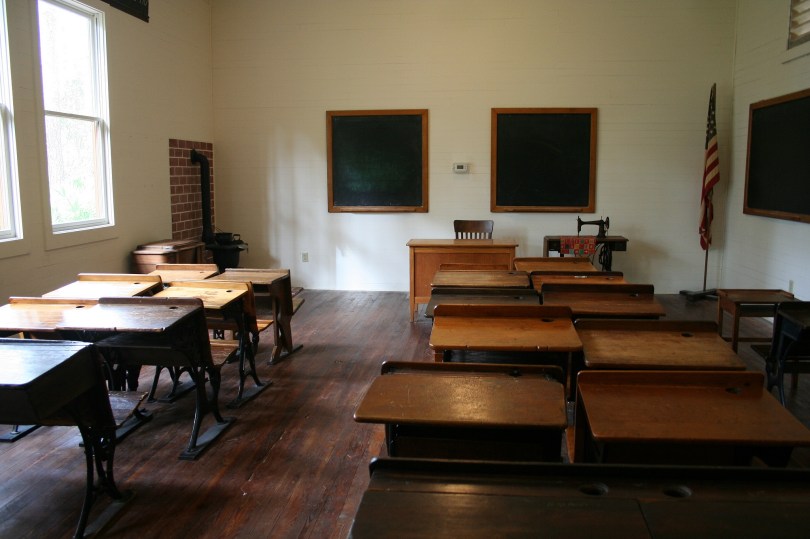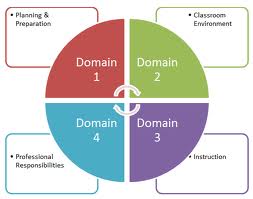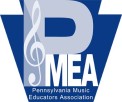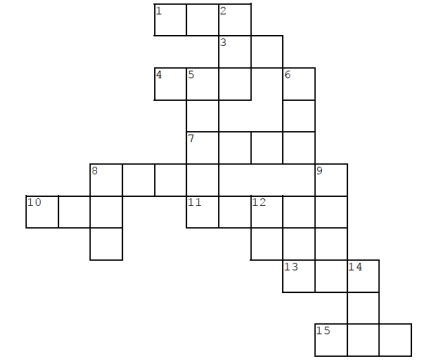Prospective Music Teachers: Here’s How to Create an Online Employment Profile/Dossier
“In short, creating a portfolio involves reflection, collection, selection, and connection.”
Read more at: http://langwitches.org/blog/2009/07/17/digital-teaching-portfolios/
To quote Cheryl Frazes Hill in “A Portfolio Model for Music Educators” in Music Educators Journal, Vol. 95, No. 1 (September 2008), pp. 61-72, “The portfolio used in education is an organized collection of artifacts (examples of works) documenting a person’s skill and growth in an educational program and a career.”
First, you need to do your homework – a comprehensive collection of “all the good stuff!” To support this, number 7 in the MajorMusic.com blog of “Seven Things Music Education Majors Can Do to Make Themselves More Employable” is “Keep an updated list of your skills, relevant experiences, and training.” (Peruse the whole article at http://majoringinmusic.com/7-things-music-education-majors-can-do-make-themselves-more-employable-2/).
I have always suggested to my college-bound students that they reserve a spot on their computer’s desktop, a file (appropriately) named “ME,” and place in it a bulleted document with chronological descriptions and dates of special achievements, awards, and appointments. From time to time, more updates of “good news” should be added. In addition, archive (drag into the folder) accompanying scans/pictures of all music programs, congratulatory letters, certificates of achievements, newspaper clippings, etc. In college, this should be expanded to include documentation and anecdotes/stories/reflections about music and music education field experiences, accomplishments, and especially any problems identified and problems solved. All of this is perfect fodder for future interviews… Do you have “what it takes” to be a professional music teacher?” In your opinion, what makes you qualified (“a good fit”) to be hired for a position in our institution?”
According to The EDU Edge at http://www.theeduedge.com/top-five-must-haves-top-five-could-haves-your-teacher-interview-portfolio/, the following “must-haves” and “should-haves” (paraphrased) should be incorporated into your portfolio:
- Educational philosophy
- Résumé or Curriculum Vitae
- Letters of recommendation
- Artifacts of student work
- Classroom observation documents/evaluations
- Statement about class management theory (discipline) and the steps that you would take inside your classroom to create a safe and orderly environment
- Letters from parents commending the work you did with their children
- Pictures (A direct quote The EDU Edge: “We cannot emphasize the power of pictures enough when it comes to portfolios. During interviews, committee members are trying to get to know you and trying to envision you teaching. Don’t trust their imaginations to do so, give them pictures. Pictures bring it together for committee members and verify the reality that you are meant to work with children. For this reason we recommend photos or newspaper articles of you: teaching students in the classroom, with students on field trips, learning excursions or outside class activities, with children while you are serving in adviser roles, with your students at musical or athletic events, coaching or working with children in a coaching capacity, as a leader and role model.”)
To this list, I would add a copy of college transcripts, Praxis® exam results, teaching certificate(s), samples of student assessments/rubrics, and excerpts (short videos) of you performing on your major instrument/voice, solo and chamber recitals, piano accompanying, playing in college ensembles, and especially teaching in as many settings as possible: small and large group instrumental (band and strings), choral ensembles, elementary classroom lessons, extracurricular activities like marching band and musical, private lessons, etc.
An excellent overview on this subject is from “our number one professional music teachers’ association” – the National Association for Music Education (NAfME): http://www.nafme.org/do-i-need-a-digital-teaching-portfolio/.
Carol Francis offers “Sixty Clean and Simple Examples of Portfolio Design” for WordPress users at http://www.onextrapixel.com/2013/01/23/60-clean-and-simple-examples-of-portfolio-design/.
It is worth downloading “ePortfolios in Music Teacher Education” by Vicki Lind from Innovate: Journal of Online Education at http://nsuworks.nova.edu/innovate/vol3/iss3/4/.
Numerous college and universities across the country have their own requirements and recommendations in the development of online credentials. Take a look at the Penn State University School of Music site “Undergraduate e-Portfolios” at http://music.psu.edu/musiced/e-portfolio.html. Another excellent outline is provided by the University of Texas at San Antonio at http://music.utsa.edu/docs/DevelopingPortfolio.pdf. Finally, Vanderbilt University’s Center for Teaching site offers good models and information on “Teaching Portfolios” at https://cft.vanderbilt.edu/guides-sub-pages/teaching-portfolios/.
In conclusion, take some time to examine the sample teaching portfolios (below) for more insights on design, style, and content. I also recommend you read my blogs on other subjects of “marketing professionalism” (click on the category link to the right of this article).
Good luck! PKF
“Imitation is the sincerest form of flattery” – Charles Caleb Colton
- https://sites.google.com/site/msmakisteachingportfolio/Home
- http://gbmusic.me/
- http://melissawhite.weebly.com/index.html
- http://reg202.weebly.com/
- http://michaelloughran.weebly.com/
- https://sites.google.com/a/temple.edu/xinzhuxu/resume
© 2015 Paul K. Fox



















